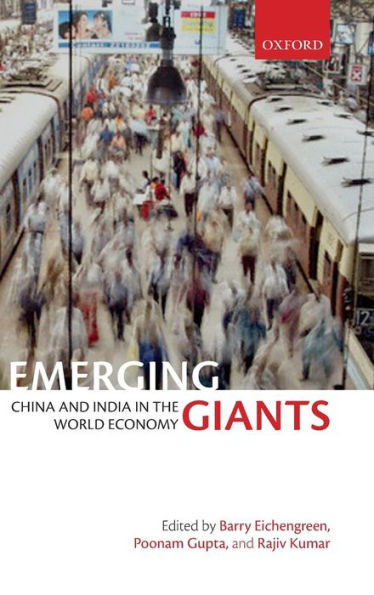5
1
9780199575077



Emerging Giants: China and India in the World Economy available in Hardcover, eBook

Emerging Giants: China and India in the World Economy
- ISBN-10:
- 019957507X
- ISBN-13:
- 9780199575077
- Pub. Date:
- 06/29/2010
- Publisher:
- Oxford University Press
- ISBN-10:
- 019957507X
- ISBN-13:
- 9780199575077
- Pub. Date:
- 06/29/2010
- Publisher:
- Oxford University Press

Emerging Giants: China and India in the World Economy
$170.0
170.0
In Stock

Product Details
| ISBN-13: | 9780199575077 |
|---|---|
| Publisher: | Oxford University Press |
| Publication date: | 06/29/2010 |
| Edition description: | New Edition |
| Pages: | 256 |
| Product dimensions: | 6.40(w) x 9.30(h) x 1.20(d) |
About the Author
From the B&N Reads Blog
